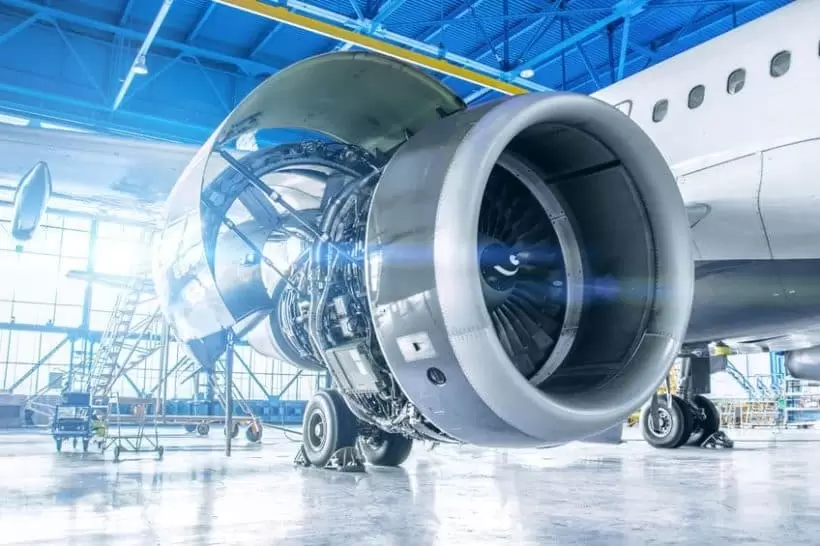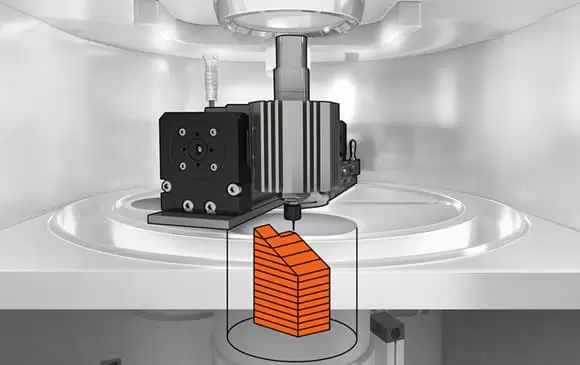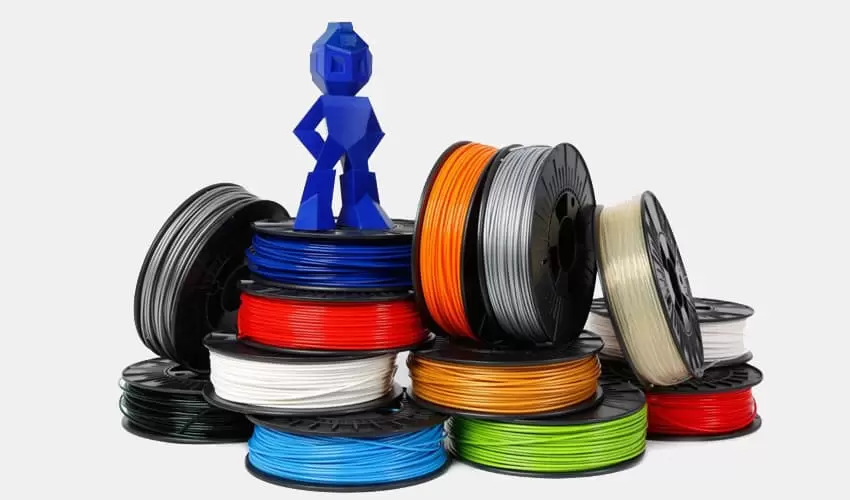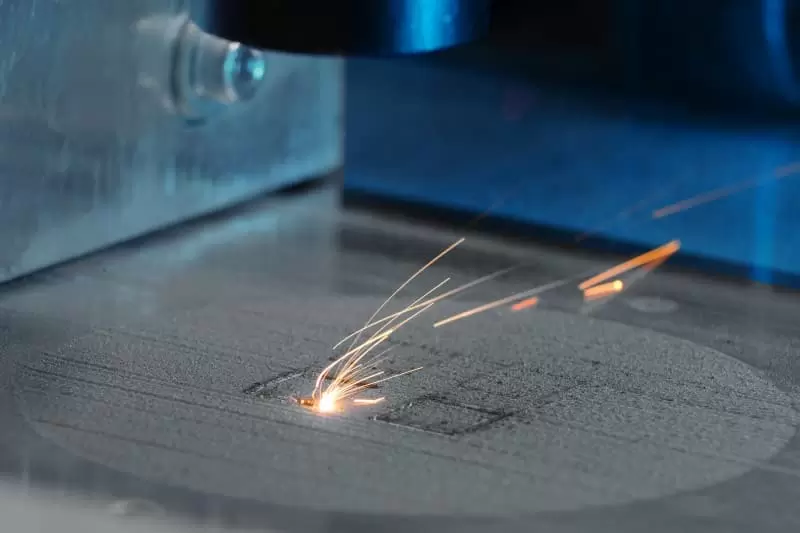Additive manufacturing, also known as 3D printing, is revolutionizing production methods across industries. This comprehensive guide explores the impact of additive manufacturing on modern manufacturing, discussing its potential to transform design, production efficiency, and the supply chain. You'll gain insights into the latest technologies, materials, and applications of additive manufacturing, as well as its future发展方向. With this guide, you'll gain a deeper understanding of the rise of additive manufacturing and its revolutionary impact on production.
I. Introduction to the Revolutionary Role of Additive Manufacturing
A. What is Additive Manufacturing?
Additive Manufacturing (AM) stands at the forefront of a production revolution, transforming the way we conceptualize and create products. Also known as 3D printing, AM involves layering materials to construct objects based on digital models. This departure from traditional manufacturing methods unlocks unparalleled design possibilities, making it a catalyst for innovation across industries.
B. The Evolution of Additive Manufacturing Technology
The evolution of Additive Manufacturing technology is marked by significant milestones. From its inception with stereolithography in the 1980s to the emergence of diverse processes like selective laser sintering and direct metal laser melting, the field has grown exponentially. Advancements in materials, precision, and speed have positioned AM as a versatile and viable alternative to conventional manufacturing methods.
C. The Impact of Additive Manufacturing on Production
The impact of Additive Manufacturing on production is revolutionary, disrupting established norms. AM eliminates constraints associated with traditional methods, offering increased flexibility, precision, and efficiency. This shift in paradigm has led to a reimagining of production processes, where complexity is embraced, and customization becomes the norm. This impact extends across diverse sectors, setting the stage for a new era in manufacturing.
II. Advantages of Additive Manufacturing in Production
A. Design Freedom and Customization
One of the foremost advantages of AM in production lies in the unparalleled design freedom it provides. Traditional manufacturing often involves intricate tooling and molds, limiting design possibilities. With AM, complex and organic shapes can be created without the constraints of traditional methods. This design freedom allows for the production of highly customized and intricate components, catering to specific needs and preferences.
B. Reduced Lead Times and Costs
Additive Manufacturing accelerates production timelines by reducing lead times and costs. Traditional manufacturing processes, especially those involving tooling and molds, are time-consuming and expensive. AM, on the other hand, enables rapid prototyping and production without the need for elaborate setups. This not only cuts down on production costs but also allows for quicker iterations, significantly speeding up the product development cycle.
C. Improved Productivity and Efficiency
The efficiency gains of AM in production are transformative. The layer-by-layer construction allows for the simultaneous creation of complex geometries, increasing overall productivity. Additionally, the ability to consolidate multiple components into a single 3D-printed piece reduces assembly requirements, streamlining production lines. These improvements in efficiency not only enhance output but also contribute to a more sustainable and resource-efficient manufacturing process.
D. Sustainability and Circular Manufacturing
Additive Manufacturing plays a pivotal role in promoting sustainability and circular manufacturing practices. Traditional subtractive manufacturing often generates substantial material waste, whereas AM produces minimal waste by utilizing only the necessary materials. The lightweight structures achievable with AM contribute to energy efficiency in transportation, further reducing the environmental footprint. Embracing AM as part of circular manufacturing processes ensures a more responsible and eco-friendly approach to production.
In conclusion, the rise of Additive Manufacturing signals a transformative era in production. Its advantages, ranging from design freedom and cost reduction to improved efficiency and sustainability, make it a key player in the evolution of manufacturing. As industries continue to embrace and refine these technologies, the potential for innovation and positive environmental impact becomes increasingly significant. The journey towards revolutionizing production through Additive Manufacturing is not just a trend but a fundamental shift in how we approach and envision the manufacturing landscape.
III. Applications of Additive Manufacturing in Industry
A. Aerospace and Aviation
In the aerospace and aviation industry, Additive Manufacturing has emerged as a game-changer. The ability to produce lightweight yet robust components has led to fuel-efficient aircraft. From intricate engine parts to complex structural elements, AM allows for the creation of components with optimized designs, reducing overall weight and enhancing performance.
B. Automotive
Automakers are leveraging Additive Manufacturing for rapid prototyping, custom tooling, and even the production of end-use parts. This has paved the way for revolutionary designs, lightweight structures, and enhanced functionality. From concept cars to critical components, the automotive industry is embracing AM to stay at the forefront of innovation.
C. Healthcare and Biotechnology
The healthcare and biotechnology sectors have witnessed a paradigm shift with Additive Manufacturing. Patient-specific implants, prosthetics, and intricate surgical guides are now possible, thanks to the customization capabilities of AM. This not only improves patient outcomes but also opens the door to groundbreaking innovations in the medical field.
D. Consumer Products
Consumer product industries are increasingly turning to Additive Manufacturing for on-demand production and customization. From personalized accessories to home décor items, AM enables the creation of unique, tailor-made products that cater to individual preferences. This shift towards customization aligns with the evolving demands of modern consumers.
E. Architecture and Design
Architects and designers are pushing the boundaries of creativity with Additive Manufacturing. The technology allows for the realization of complex and innovative architectural designs. From intricate building components to bespoke furniture, AM is redefining the possibilities in architecture and design, enabling structures that were once deemed impractical.
F. Education and Research
In the realms of education and research, Additive Manufacturing serves as a powerful tool. It facilitates hands-on learning experiences and rapid prototyping, allowing students and researchers to explore new materials and design concepts. The accessibility of AM technology is fostering innovation across various fields of study.
G. Customized Products and Personalized Manufacturing
Additive Manufacturing's capability to offer customization extends beyond consumer products. Industries are embracing personalized manufacturing for industrial components, machinery parts, and even entire production lines. This tailored approach not only enhances efficiency but also reduces waste in the manufacturing process.
H. Sustainability and Circular Economy
Additive Manufacturing contributes significantly to sustainability and the circular economy. By minimizing material waste and enabling the recycling of unused materials, AM aligns with the principles of responsible manufacturing. The lightweight structures produced by AM also contribute to energy efficiency, making it an environmentally conscious choice.
IV. Case Studies in Revolutionary Production with Additive Manufacturing
A. Breakthrough Innovations in the Aerospace Industry
Leading aerospace companies like Boeing and Airbus have leveraged Additive Manufacturing to create breakthrough innovations. From intricate fuel nozzles to lightweight cabin components, AM has redefined aerospace manufacturing, improving fuel efficiency and overall aircraft performance.
B. Revolutionary Designs in the Automotive Industry
In the automotive sector, companies such as Tesla and BMW have embraced Additive Manufacturing for revolutionary designs. 3D-printed parts contribute to lighter and more aerodynamic vehicles, enhancing fuel efficiency and pushing the boundaries of conventional automotive design.
C. Personalized Products and Customized Solutions in Consumer Markets
Companies like Adidas and IKEA have adopted Additive Manufacturing for personalized consumer products. Whether it's 3D-printed shoes tailored to an individual's foot shape or customized furniture pieces, AM allows brands to offer unique, one-of-a-kind products to consumers.
D. Disruptive Applications in Healthcare and Biotechnology
Additive Manufacturing has disrupted healthcare and biotechnology with applications like 3D-printed organs, patient-specific implants, and dental prosthetics. Innovations in this space, such as bioprinting, showcase the potential for AM to revolutionize the medical field and improve patient care.
E. The Role of Additive Manufacturing in Sustainable Development and the Circular Economy
Companies like General Electric (GE) have demonstrated the role of Additive Manufacturing in sustainable development. By 3D printing complex metal components for aircraft engines, GE has reduced material waste, improved fuel efficiency, and contributed to a more sustainable approach to manufacturing.
V. Conclusion
A. Summary of Key Learnings
In conclusion, the applications of Additive Manufacturing across various industries have ushered in a new era of production. From aerospace and automotive to healthcare and consumer products, AM has proven to be a versatile and transformative technology. The ability to customize, reduce costs, and contribute to sustainability positions Additive Manufacturing as a key player in the future of production.
B. Resources for Further Exploration
For those looking to delve deeper into the revolutionary world of Additive Manufacturing, various resources are available. Industry conferences, research papers, and collaborations with experts in the field offer opportunities to stay abreast of the latest developments. As the technology continues to evolve, exploration and engagement with these resources will be essential for anyone seeking to harness the full potential of Additive Manufacturing.




